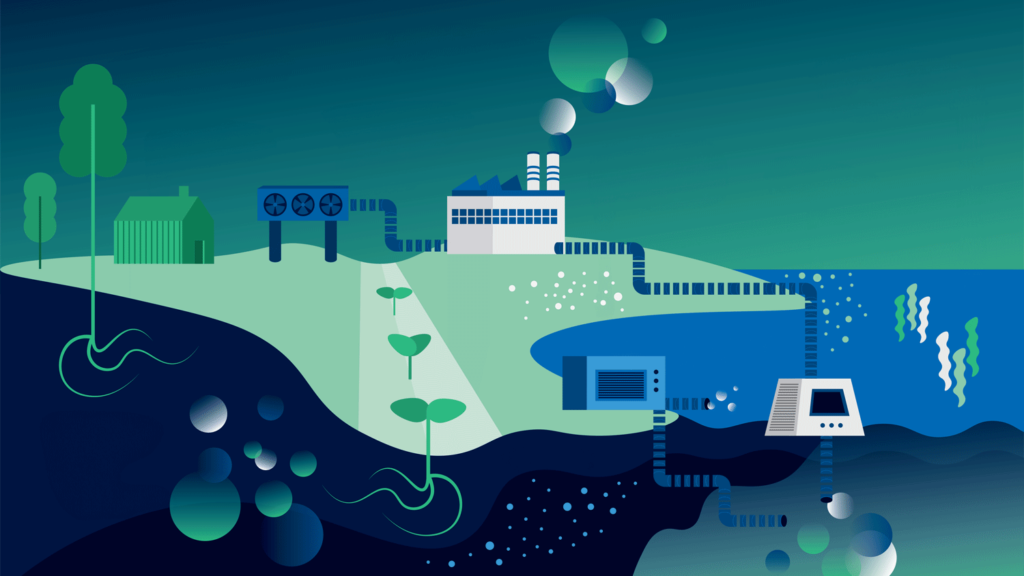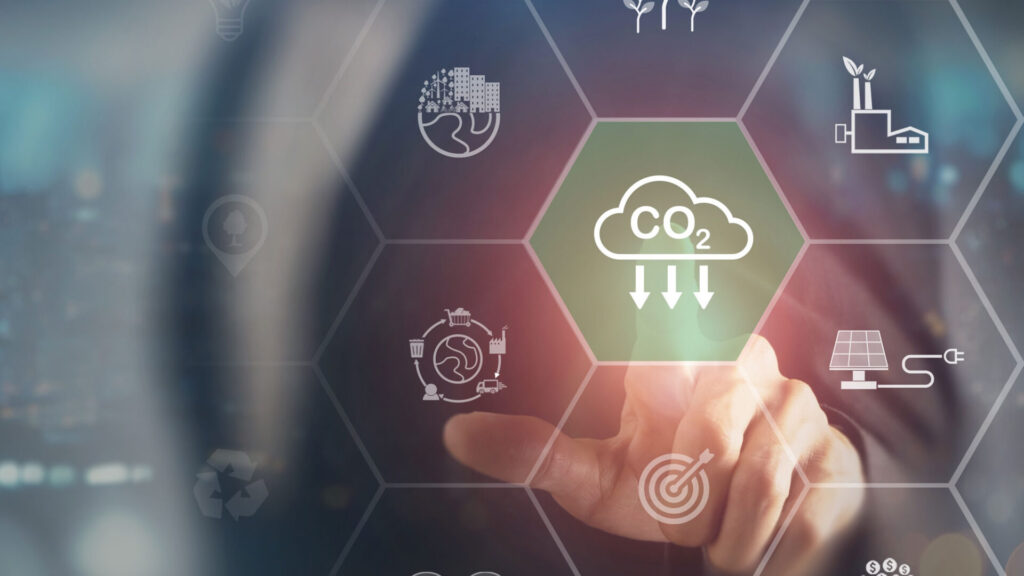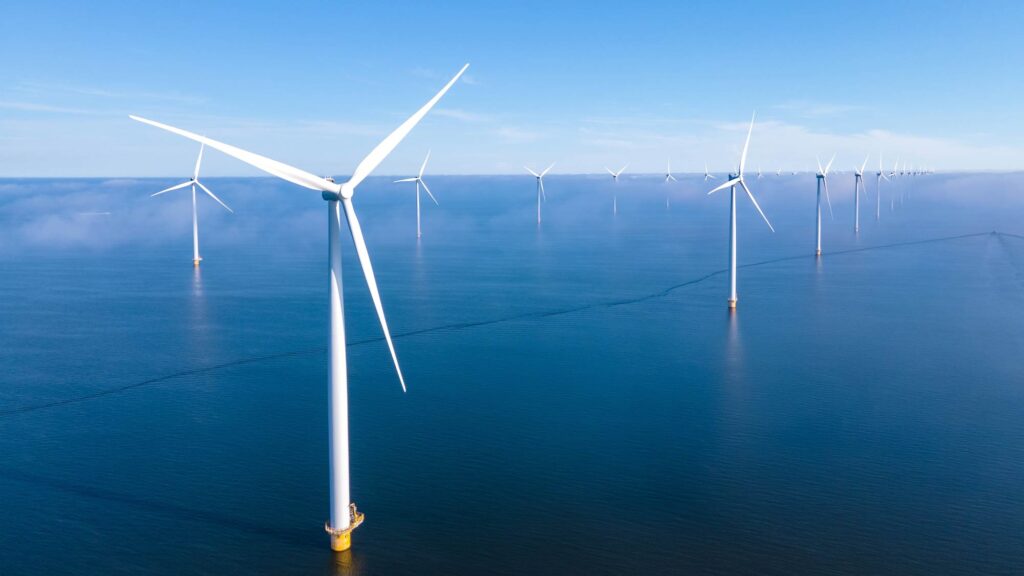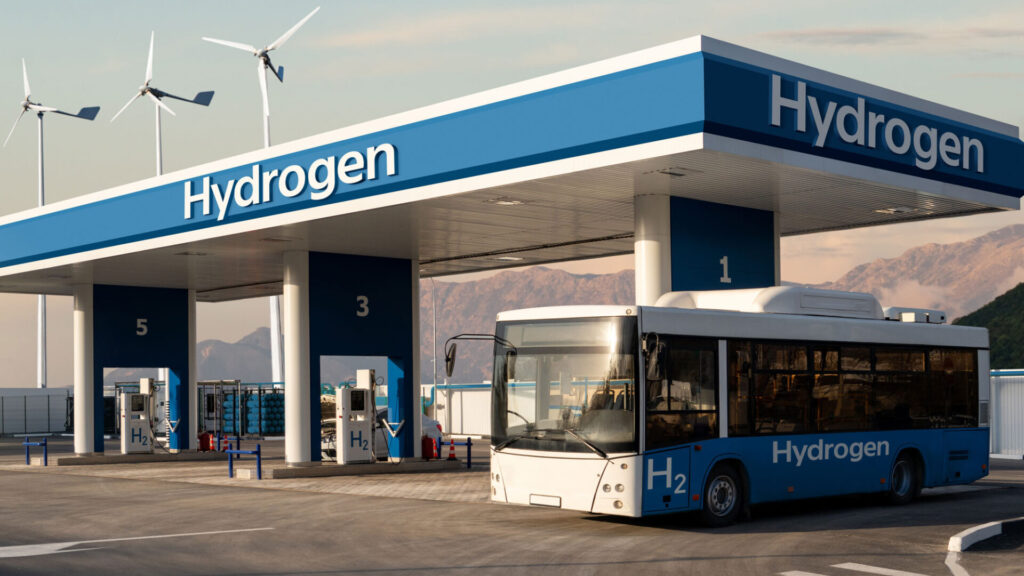COP28: Why we need carbon dioxide removal
Drastically reducing greenhouse gas emissions won’t be enough to achieve the goals in the Paris agreement and reach net-zero emissions by 2050. We will also need to remove excess greenhouse gases, in particular CO2, from the atmosphere and oceans. This is known as “carbon dioxide removal” (CDR).
COP28: How CCS can contribute to net-zero emissions
Carbon capture, transport and storage (CCS) is a crucial technological solution for reducing CO2 emissions and achieving the climate goals outlined in the Paris Agreement. It can play a significant role in decarbonising industrial sectors, and producing “clean” hydrogen. However, we still need standards and infrastructure for the large-scale CO2 transport and storage.
COP28: Making offshore wind a pillar of the decarbonised energy system
Developing offshore wind to the level required to meet climate goals will require a concerted research effort by the international community, to help bring down costs and ensure the development is carried out in a sustainable way.
COP28: Hydrogen’s role in the energy transition
The blog highlights the pivotal role of hydrogen in achieving a net-zero energy transition by the mid-century. It stresses the urgency to eliminate CO2 emissions from current hydrogen production, which relies heavily on natural gas, and emphasises the growing demand for hydrogen in various sectors, including new industrial processes and high-energy-demand transport applications.
COP28: Why we need to talk about sustainable cooling
The COP28 presidency in the UAE has highlighted sustainable cooling as a crucial issue. According to UNEP, a sustainable approach to cooling is…
COP28: How we can curb methane emissions
The blog highlights the significant impact of methane emissions as the second most important greenhouse gas, contributing 0.5°C to current global warming. Methane emissions, comprising 10% of greenhouse gases in the EU, Norway, and the USA, have increased due to agriculture, waste, and fossil fuels.






